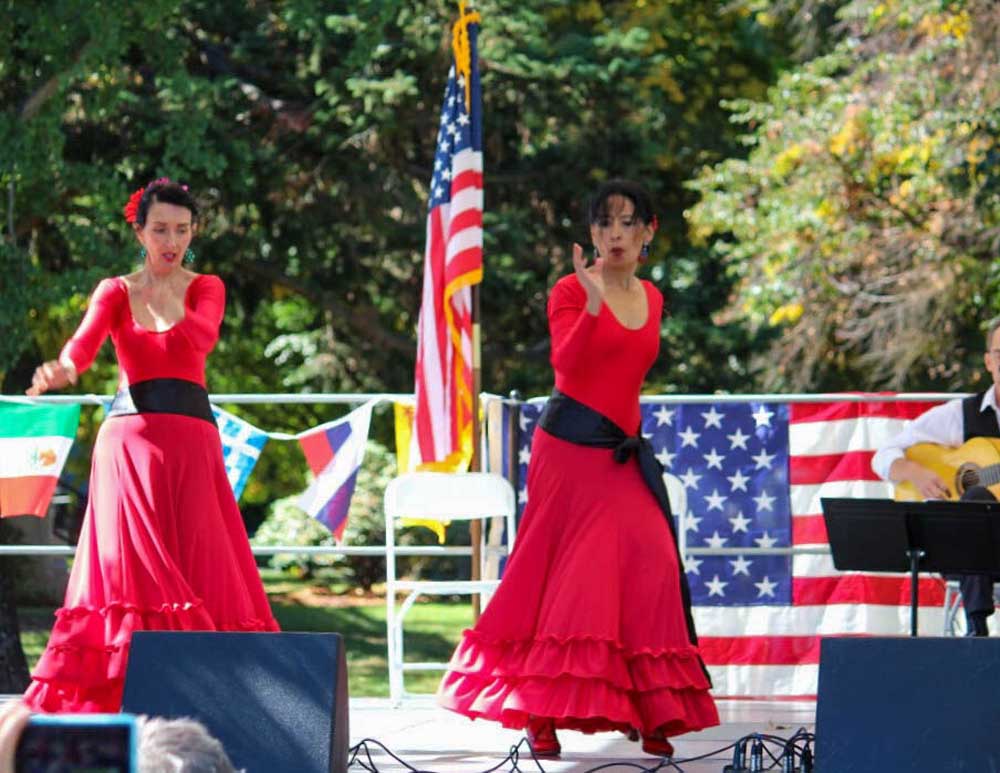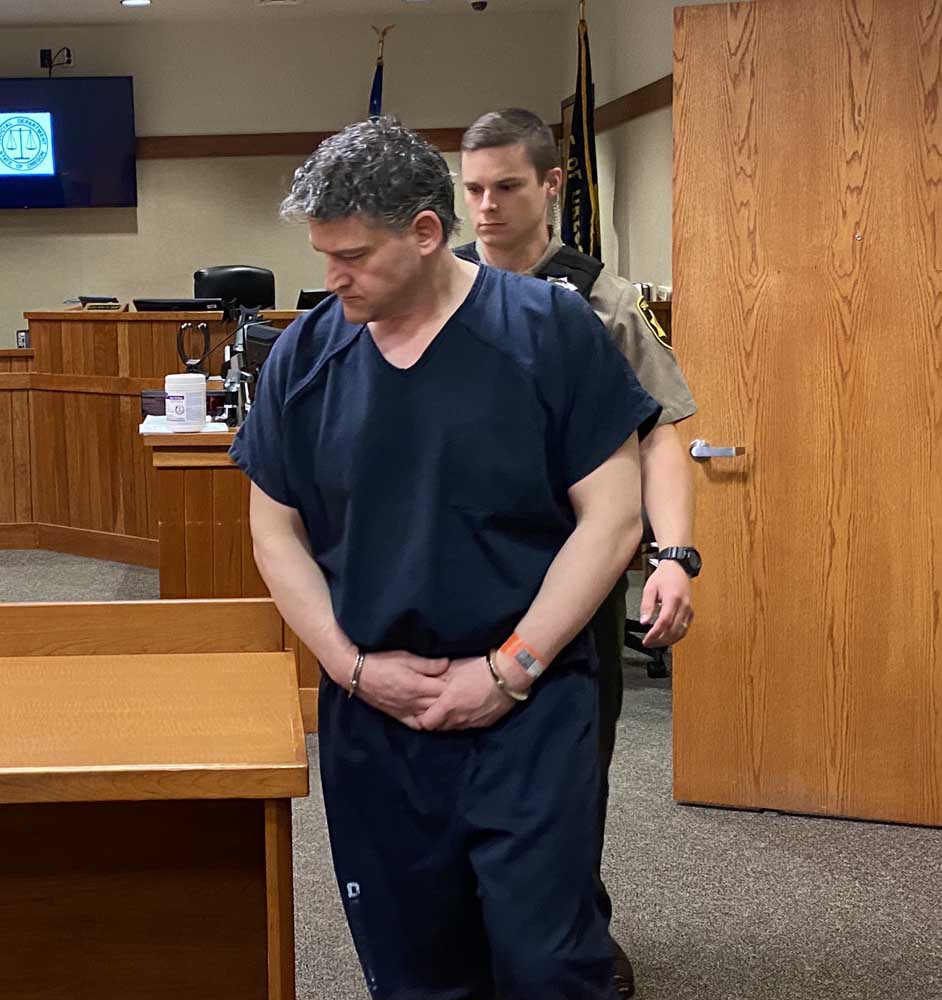Redmond dance teacher has a passion for flamenco
Published 7:00 am Tuesday, February 21, 2023

- flamenco festival
Gloria Melgarejo’s beige flamenco shoes stomped into the ground as Spanish music filled a squat building on the outskirts of Redmond.
Melgarejo counted as her students stepped in unison, the wooden floor shaking as their metal-heeled shoes clacked and slapped the planks.
“Planta, talon,” Melgarejo repeated, offering tips and suggestions to her charges as they tried to keep up with the furious pace of her footsteps.
One. Two. Three. Boom. One. Two. Three. Boom.
Flamenco, a new addition to the class offerings of the Redmond Area Parks and Recreation District, allows students to practice a tradition-steeped dance while improving their health and confidence.
A strand of Melgarejo’s black hair fell on the side of her face. She breathed hard as she twisted and turned her body, her hands, her feet in rhythm. Her hands corkscrewed above her head, tracing spirals and patterns in the air.
“Golpe!” she said. Boom. “Golpe!” Boom. “Golpe!” Boom.
Melgarejo flowed from movement to movement, her hands and feet speeding and slowing as the tempo shifted.
“Flamenco is about being free,” Melgarejo said. “You have to be free to bring your passion. It’s a connection between your soul and the music.”
“We wanted to try something that was fun and moved our bodies,” said Zia Estrella, who is participating in the class with her husband, Matt Gilman.
According to Gilman, chair of the RAPRD board of directors, flamenco helps him connect with his body and is an opportunity to experiment with something new.
“I like to do things that I know I’m going to be bad at because there’s a lot of room for improvement,” he said. “I like to put myself sometimes in a situation that might be a little uncomfortable.”
A lifetime of dance
Melgarejo, in an olive green hoodie, about 5 foot 0, radiates confidence with her movements after a lifetime of dance. Her dad, who is Spanish, used to dance. Her mother, who is Peruvian, used to sing.
“They were both artists,” she said. “I danced my entire life.”
Melgarejo grew up in Peru and spent her teenage years in Spain, where for five years she trained to become a professional flamenco dancer.
According to Melgarejo, the program was intense and took constant practice and concentration. There are over 50 types of flamenco dances such as the tango and fandango.
“Flamenco is a very structural technique,” Melgarejo said. “The structure is complex because there are so many types of flamenco.”
After graduating from the program, she performed with a folk group in Madrid before moving to the United States 20 years ago.
She first moved to Chicago, where she had family, then to Washington State, where she taught Spanish to elementary and middle school students. She soon began implementing flamenco into her Spanish lessons, because she said people learn better when they’re having fun.
“It’s very interesting to use the language at the same time as dance,” Melgarejo said. “Kids learn better when they’re moving.”
In 2017, Melgajero began teaching Spanish and flamenco at Southern Oregon University while she worked toward a degree in Spanish culture. When she moved to Redmond six months ago, Melgarejo just wanted to continue teaching and had some friends connect her with the local parks and rec district.
It’s not an easy dance to teach — or learn. She said flamenco has a complicated structure that takes concentration, precision, coordination and practice. Many people feel discouraged trying to move their hands, arms and feet in rhythm with the music
“It looks easy, but it’s not,” she said. “It’s like anything. It’s like trying to learn how to ride a bicycle.”
Therapy through dance
Melgarejo is hoping to use dance for something else as well: therapy.
She is currently finishing up a master’s degree to be a school counselor, and has always used dance as a form of self-care. She hopes others could use it in the same way. She said flamenco can be a powerful tool for dealing with depression, or to help overcome other struggles.
“Sometimes it brings up emotions of sadness, passion, anger and sometimes happiness,” she said. “The purpose of the dance is to connect with yourself inside and your inner trial.”
Instead of falling toward coping mechanisms like alcohol or drugs, Melgarejo said the dance offers a healthy avenue for people to cope with their emotions.
“Through flamenco, you externalize those emotions, those negative feelings,” she said. “It’s very beneficial to the brain.”
The benefits, she added, aren’t just mental or emotional — but are physical as well. One of her former teachers is nearly 90 years old and still dancing, while one of her past students is still dancing despite being older than 80.
“I like to do things that I know I’m going to be bad at because there’s a lot of room for improvement.”
Matt Gilman, Redmond





